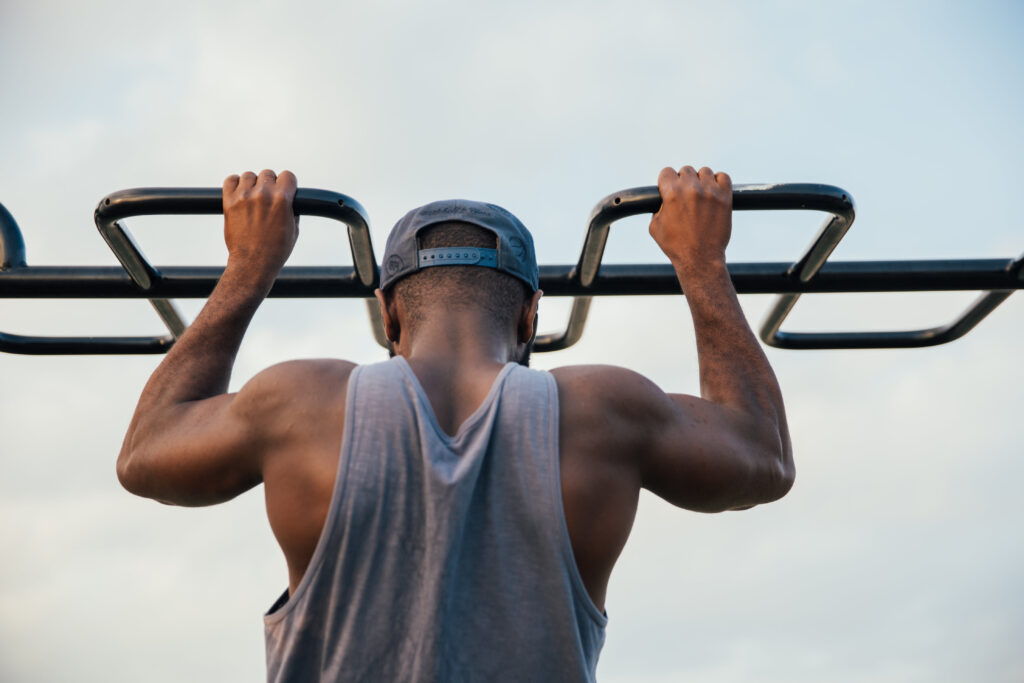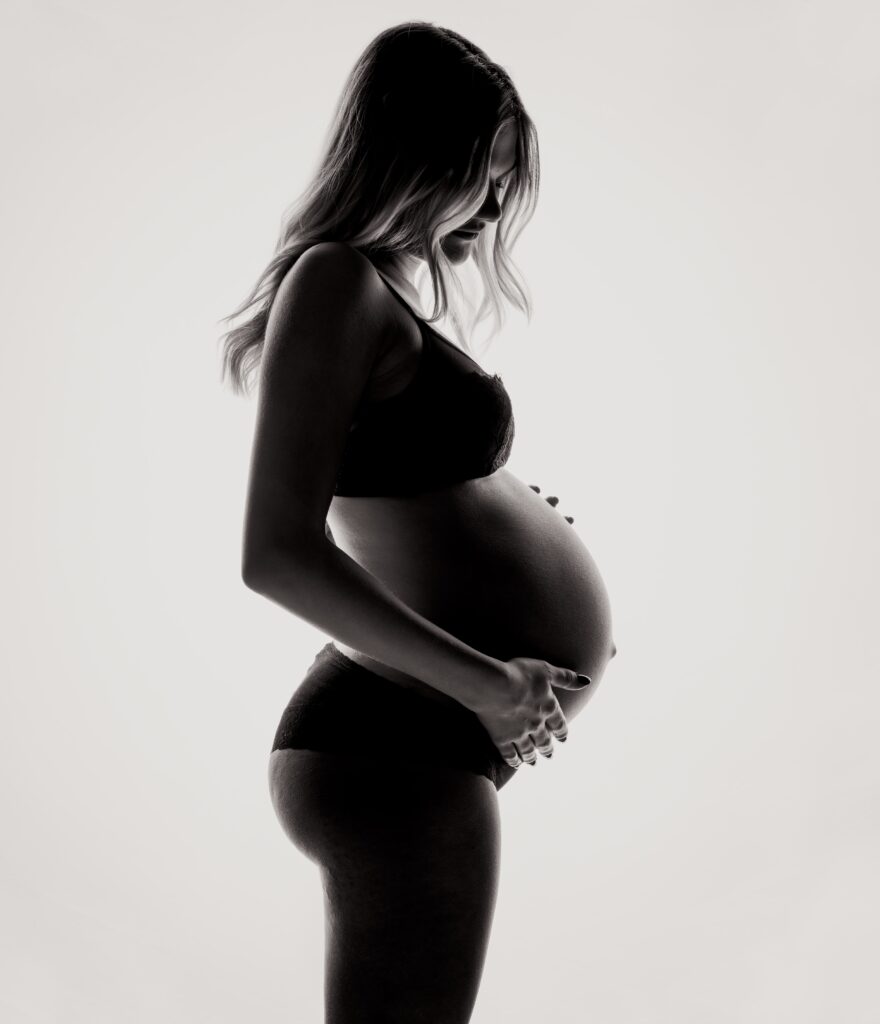Osteopathy
Osteopathy is a manual diagnostic and therapeutic approach to pathologies. It welcomes patients in first instance (a doctor’s prescription is not necessary) and mainly targets dysfunctions of the musculoskeletal system and the peripheral nervous system.
Consultations available: general osteopathy, for athletes, pregnant women (or post-partum), maxillofacial osteopathy (ATM). The techniques that can be used by the osteopath are diverse: articular, muscular, fascial, visceral, cranial… The choice of techniques varies according to the osteopath but also according to the needs and desires of the patient.
Types of osteopathic consultations

Osteopathy addresses a wide range of pathologies of the locomotor system. It can be helpful in case of :
▪︎ Joint pain: osteoarthritis, after-effects of sprains…
▪︎ Muscle pain: soreness, tendinopathy…
▪︎ Neuropathic pain: sciatica, carpal tunnel…
▪︎ Lumbagos, dorsalgo, torticollis, costal pain.
▪︎ Headaches, migraines, pain related to bruxism
▪︎ etc.

Sports activities can put a strain on the body. Osteopathy can sometimes play a role in the recovery of the initial functional capacities of the body (relaxation, restoration of the elasticity of tissues). The most frequent motives for consultation are: joint and muscle pain, reduced articular range of motion, tendinopathy, sprains, etc.

Age is a factor that can strongly affect the patient’s tissues. The joints, ligaments and muscles are often impacted. This can greatly diminish an individual’s quality of life. Osteopathy relieves many disorders of the elderly such as: back pain, rheumatic pain, arthrosis, arthritis, joint and muscle pain, neuropathic pain, decreased flexibility, etc.

Pregnancy is synonymous with considerable body changes in a short period of time (weight gain, hyperlordosis, hormonal changes…). All these changes can cause discomfort for the mother-to-be. The most frequent consultations take place during the 3rd trimester and are related to low back pain, sciatica, pubalgia, coccygodynia, respiratory difficulties, pelvic and/or leg pain…. The osteopath’s techniques are adapted to protect the mother and her child. In addition, it is frequently recommended to have a postpartum check-up with your osteopath following childbirth. The osteopath’s techniques are adapted to protect the mother and her child.
In addition, it is frequently recommended to do a post-partum check-up with your osteopath following childbirth.

These consultations focus on the jaw joint (temporomandibular joint – TMJ). Osteopathy can help relieve various complaints such as: joint cracks and clicks, jaw opening or closing disorders, chewing pain, neuropathic pain (trigeminal neuralgia), etc.

Osteopathy addresses a wide range of pathologies of the locomotor system. It can be helpful in case of :
▪︎ Joint pain: osteoarthritis, after-effects of sprains…
▪︎ Muscle pain: soreness, tendinopathy…
▪︎ Neuropathic pain: sciatica, carpal tunnel…
▪︎ Lumbagos, dorsalgo, torticollis, costal pain.
▪︎ Headaches, migraines, pain related to bruxism
▪︎ etc.

Sports activities can put a strain on the body. Osteopathy can sometimes play a role in the recovery of the body’s initial functional capacities (relaxation, restoration of the elasticity of the tissues). The most frequent motives for consultation are: joint and muscle pain, reduced articular range of motion, tendinopathy, sprains, etc.

Pregnancy is synonymous with considerable body changes in a short period of time (weight gain, hyperlordosis, hormonal changes…). All these changes can cause discomfort for the mother-to-be. The most frequent consultations take place during the 3rd trimester and are related to low back pain, sciatica, pubalgia, coccygodynia, respiratory difficulties, pelvic and/or leg pain…. The osteopath’s techniques are adapted to be gentle on the mother and her unborn child.
In addition, it is frequently recommended to do a post-partum check-up with your osteopath following childbirth.

These consultations focus on the jaw joint (temporomandibular joint – TMJ). Osteopathy can help relieve various complaints such as: joint cracks and clicks, jaw opening or closing disorders, chewing pain, neuropathic pain (trigeminal neuralgia), etc.

Age is a factor that can strongly affect the patient’s tissues. Often, joints, ligaments and muscles are impacted. This can greatly diminish an individual’s quality of life. Osteopathy relieves many complaints of the elderly such as: back pain, rheumatic pain, osteoarthritis, arthritis, joint and muscle pain, neuropathic pain, decreased flexibility, etc.
Interested in one of these consultations?

Pregnancy is synonymous with considerable body changes in a short period of time (weight gain, hyperlordosis, hormonal changes…). All these changes can cause discomfort for the mother-to-be. The most frequent consultations take place during the 3rd trimester and are related to low back pain, sciatica, pubalgia, coccygodynia, respiratory difficulties, pelvic and/or leg pain…. The osteopath’s techniques are adapted to be gentle on the mother and her unborn child. In addition, it is frequently recommended to have a postpartum check-up with your osteopath following childbirth. The osteopath’s techniques are adapted to protect the mother and her child.
In addition, it is frequently recommended to do a post-partum check-up with your osteopath following childbirth.

These consultations focus on the jaw joint (temporomandibular joint – TMJ). Osteopathy can help relieve various complaints such as: joint cracks and clicks, jaw opening or closing disorders, chewing pain, neuropathic pain (trigeminal neuralgia), etc.
Interested in one of these consultations?
In general, osteopathy is a gentle and holistic form of therapy. As the patient’s well-being is at the center of the consultation, the osteopath ensures that the treatment remains pain-free as possible.
It is sometimes possible that the changes induced by the consultation cause a temporary increase in pain (24 h to 48 h post consultation). This is completely normal, and the pain will subside afterwards. This is common and does not necessarily mean that your initial problem is getting worse.
The techniques producing this characteristic noise are called “HVBA” (High Velocity Low Amplitude) techniques. The scientific community assumes that the noise comes from a phenomenon called “cavitation”.
When the osteopath performs this technique, he starts by positioning the patient according to previously analyzed parameters. This causes a separation of the joint surfaces. The gases in the joint fluid then gather to form a small bubble. Then, the osteopath induces a rapid movement, which causes the implosion of this gas bubble, a powerful release of energy and the “crack” characteristic of this type of technique.
Contrary to popular belief, it is not a matter of joints that “are put back into place” but of an energy phenomenon.
Done correctly, HVBAs carry very little risk, so there is no need to worry.
It is important to note that HVBAs are only a small part of the osteopath’s tools. It is quite possible to consult without cracking. If this is your wish, simply inform your osteopath.
A classical osteopathy session is divided into four steps :
1 – The anamnesis : This step is composed of an interrogation, focusing on your pain but also on your medical history and your lifestyle. If you have any medical test results or imaging results, please feel free to share them with me at this stage of the session.
2 – The clinical assessment : During this step, the osteopath performs a series of clinical and osteopathic tests. This allows the osteopath to better understand your complaint and its possible origins. It also ensures that your problem is within its field of expertise.
3 – The treatment : The osteopath starts the treatment according to what has been determined during the history and clinical examination. Different types of techniques are applied in order to improve mobility, muscle tone and the gliding of the tissue and nerve planes. Direct manipulation techniques will only be used if there are no contraindications and with the patient’s consent.
4 – The end of the session: A moment will be kept at the end of the session to explain the nature of your pain. Also, the osteopath takes the time to answer your questions and to give you potential advice (ergonomics, stretching, etc).
First of all, it is important to specify that there are several types of osteopathy and physiotherapy practices. Therefore, it is impossible to address this question without making generalizations.
From a practical point of view, physiotherapy is responsible for accompanying the patient. Most often, it is about learning/rehabilitation/reeducation of motor functions following a trauma or surgery. Some devices are sometimes used in addition to traditional manual therapy (electrotherapy, ultrasound, weights, etc.). This treatment requires several sessions and must be prescribed by a doctor. Physiotherapy is better reimbursed than osteopathy.
Osteopathy generally applies a more holistic view of the body. Thus, it is possible that the osteopath works on areas far from the area that is painful to you. The osteopath uses a wide range of techniques (HVBA, MET, Jones, fascial techniques…), but they are exclusively performed manually. The notion of trauma and rehabilitation is less central than in physical therapy. Generally, one to three sessions are sufficient to relieve the patient’s complaint. Osteopathy does not require a medical prescription (the diagnosis is made by the osteopath himself), but benefits from a less advantageous reimbursement than physiotherapy.
N. B.: Although some features of these professions are the same, it is obvious that physiotherapists and osteopaths are not competitors. These two types of therapy are complementary. Physiotherapists and osteopaths should therefore work hand in hand to ensure the best possible treatment for their patients.
Generally speaking, osteopathy can relieve complaints in 1 to 3 sessions.
You can make an appointment by phone at
0490 46 01 64.
It is also possible to schedule an appointment through doctoranytime .
The price of a session is €55. An additional fee will be charged if the consultation takes place after 7pm, on a weekend or on a holiday.
Yes, osteopathy is reimbursed by health insurance companies as part of their “complementary insurance”. A refund of €10/session is allowed, between 5 and 10x per calendar year.
Also, complementary insurances (DKV…) sometimes grant a complementary reimbursement of the cost of your osteopathy sessions.
These different amounts can vary, so I invite you to ask your health insurance company and your complementary insurance if you want to know the exact amount of your reimbursement.
The consultation can be paid in cash or by bank application.
In theory, you don’t need anything special to get to your appointment. However, there are a few things that might make you feel more comfortable.
Outfit:
You don’t need to bring specific clothing. Be advised, however, that the osteopath often asks that the patient be in his or her underwear. If this is inconvenient for you, I suggest you bring gym shorts.
Medical tests/imaging results :
you have medical test or imaging results related to your situation, you may take them with you. This will give me a clearer idea of the nature of your complaint.
Extra :
My tables are almost all equipped with a heating blanket. However, if you are of a chilly nature, you should know that some patients like to bring a plaid to cover the parts of their body that are not used for treatment.
The easiest way is to contact me by phone at 0490 46 01 64.
If possible, please give me at least 24 hours notice.
Any appointment cancelled less than 24 hours before the date will be charged.
